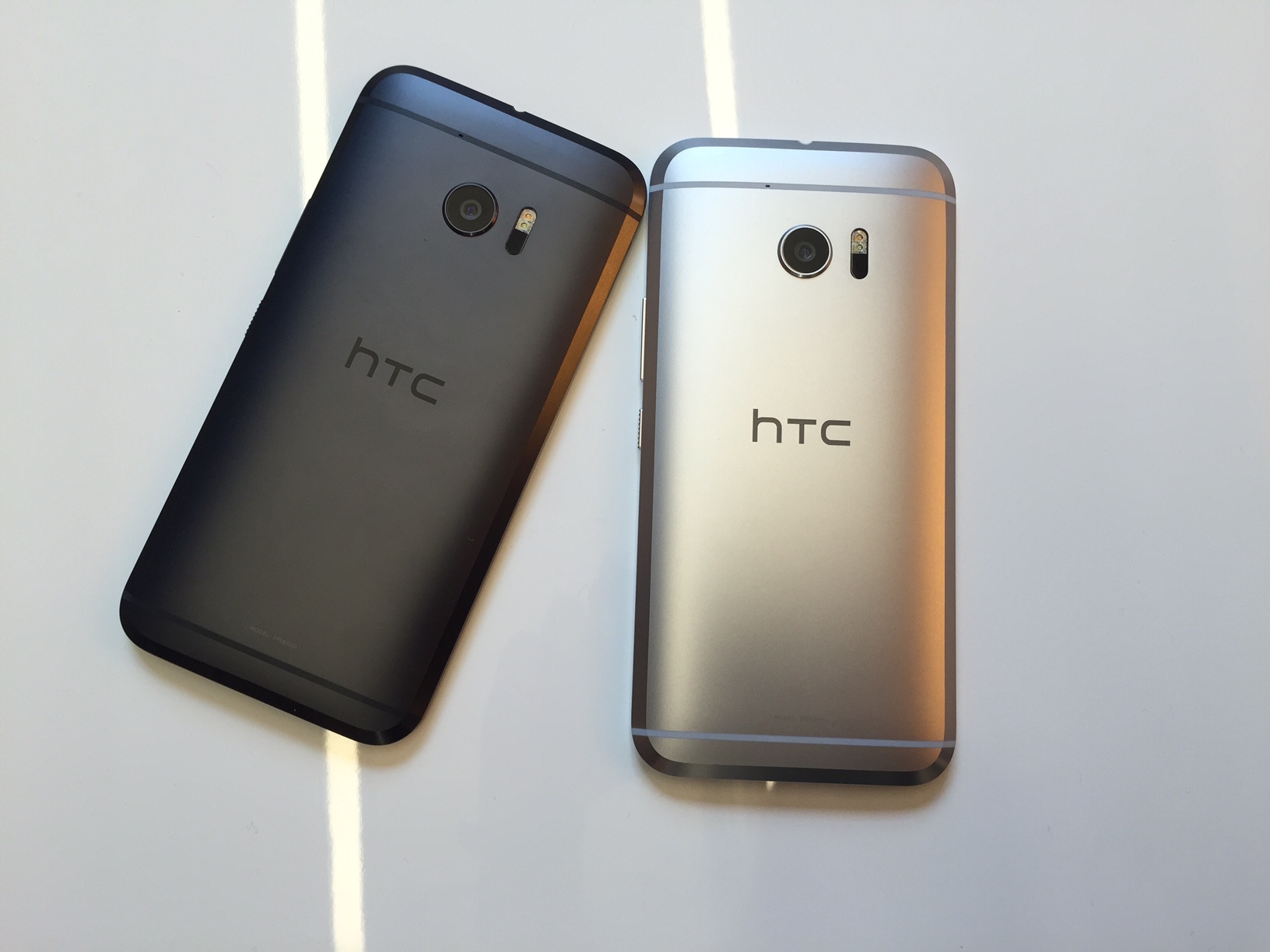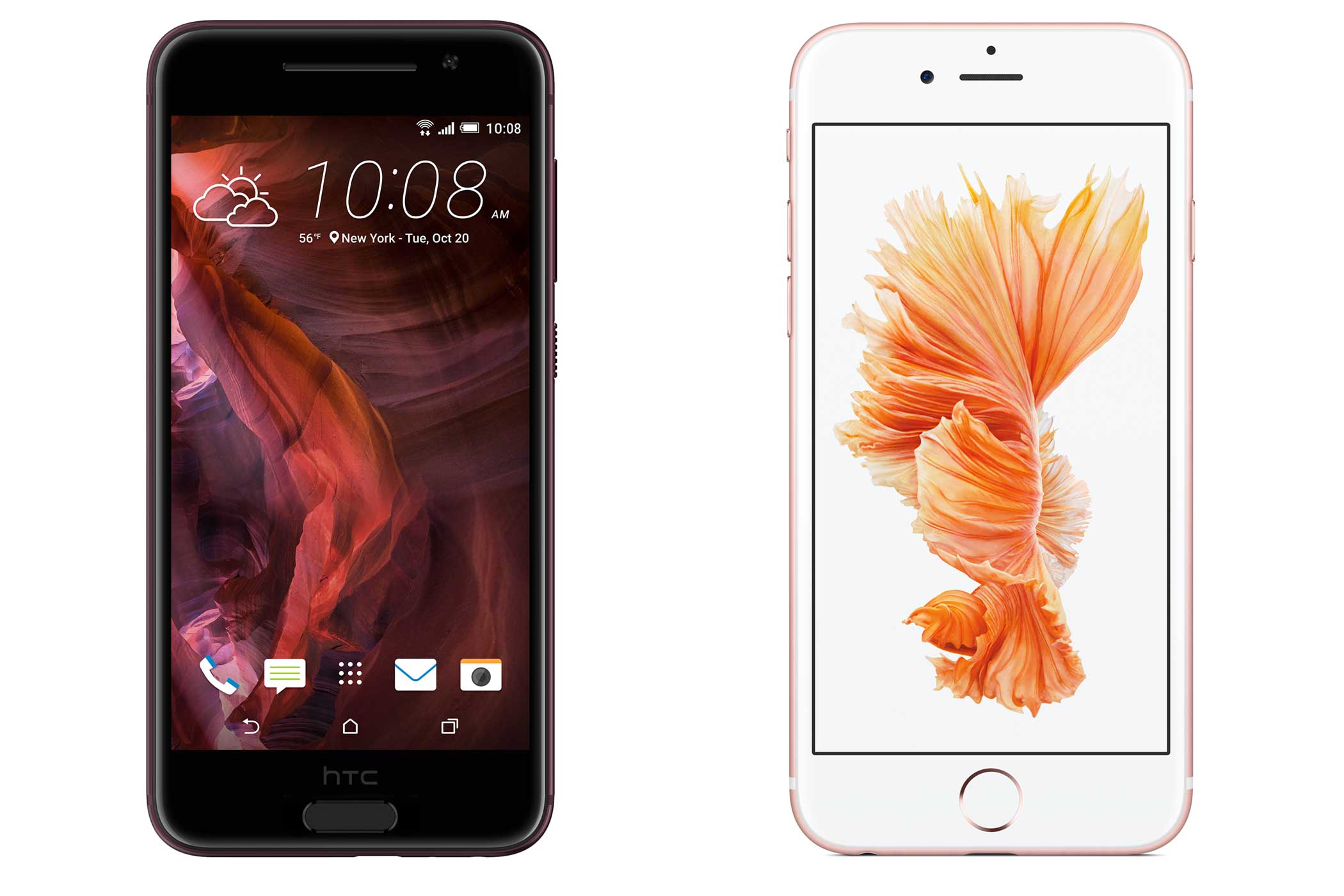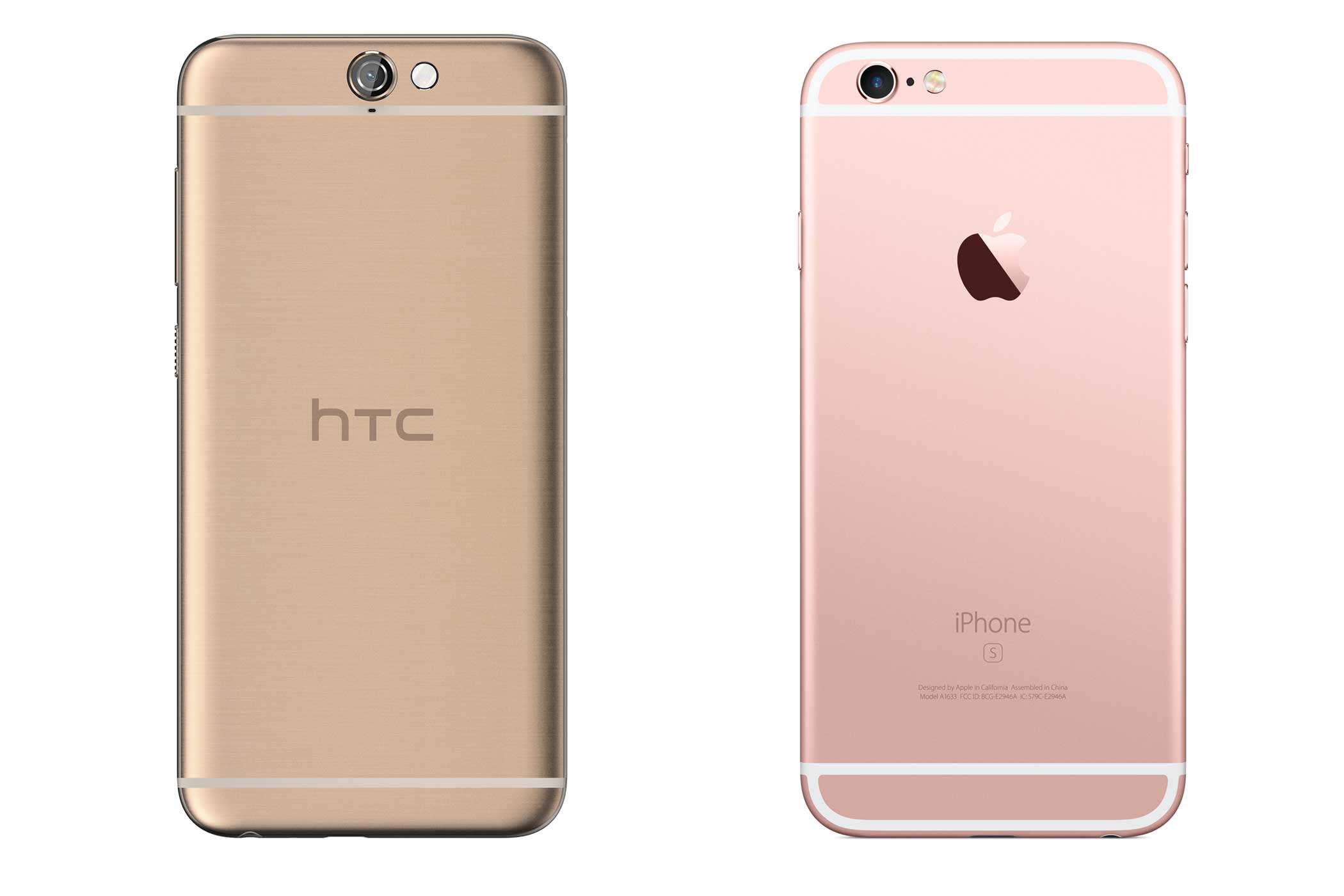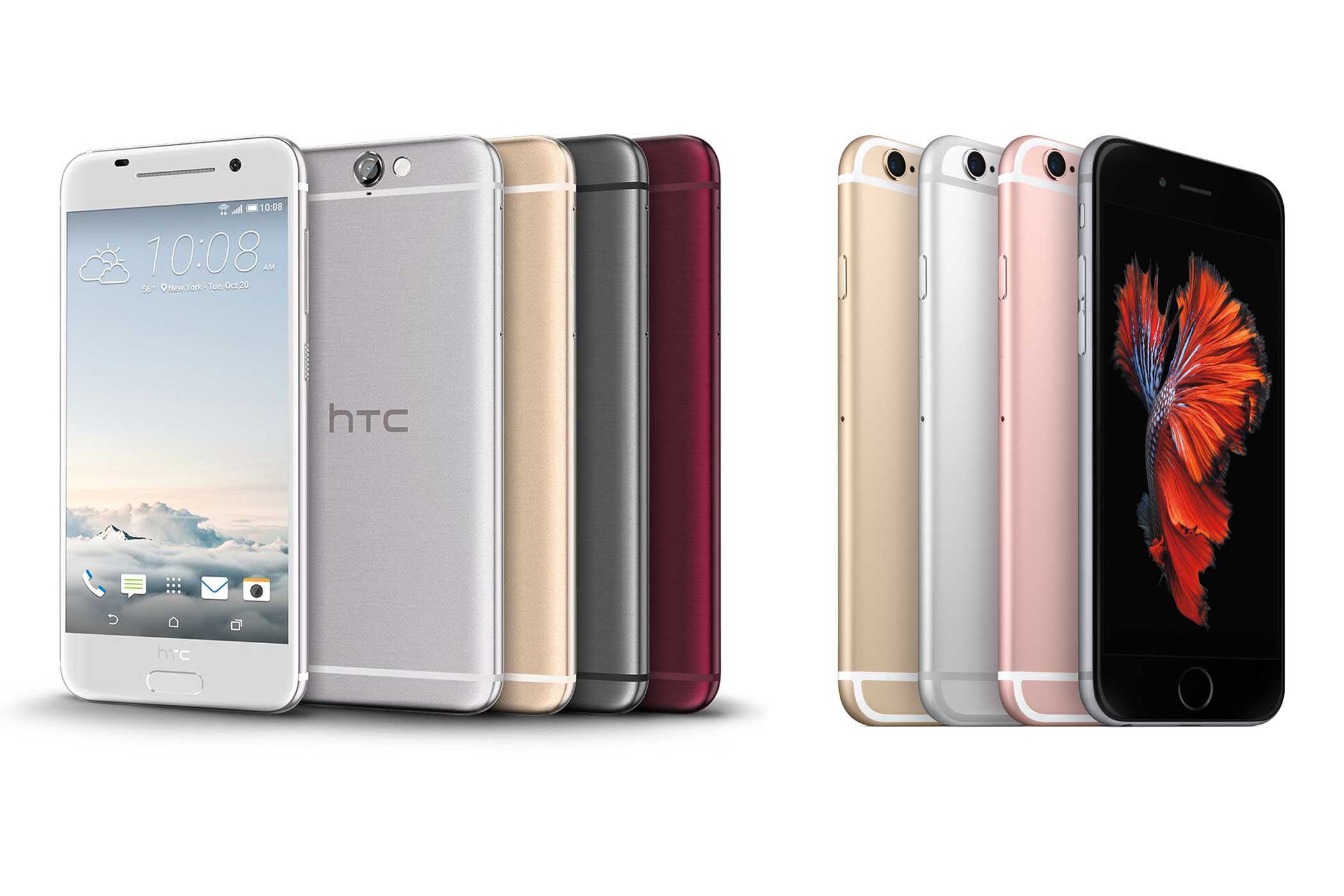
When HTC launched the One M7 smartphone in 2013, critics praised the device, calling it the only Android phone that truly rivaled Apple’s iPhone in terms of looks. But excitement about the Taiwanese firm’s phones has since faded. The company has largely maintained the M7’s overall look, making only minor tweaks with subsequent devices. That “if it works, don’t fix it” mentality may have worked years ago — but now it’s time for something new.
That’s exactly what the company is aiming for with the HTC 10, officially unveiled on April 12. The 10 features a fresh design, improved camera, enhanced audio and a faster processor compared to HTC’s previous devices. The 10 also loses some of HTC’s more gimmicky features, like the M8’s 3D photo-snapping dual camera.
The 10 is available for preorder through HTC’s website for $699; it ships in early May.
Among the 10’s biggest upgrades is the camera. This time around, HTC cut down on the camera’s number of overall megapixels, instead making the individual pixels larger. That move, which mirrors similar steps by Samsung, should result in better photographs particularly in low light. The HTC 10 has a 12-megapixel camera with pixels that are 1.55 microns in size, while the M9 had a 20-megapixel camera with smaller 1.12-micron pixels. The 10 also has a 5-megapixel front camera, just like the Galaxy S7 and Apple’s iPhone 6s.
HTC has also increased the quality of its phone’s display, outfitting the 10 with a 5.2-inch screen with a 2560 x 1440 resolution. The One M9, by comparison, featured a 5-inch display with a 1080 x 1920 resolution.
One of the 10’s most notable improvements is the addition of a fingerprint sensor on the home button. As with similar sensors on rival smartphones, this allows users to unlock their phone simply by holding their thumb over the button.
HTC has long said its One phones offer some of the best sound in town, and the 10 is no different. With the 10, the company is adding a new feature for audiophiles, in the form of personal audio profiles. This allows 10 owners to set up a listening experience tailored to specific pairs of headphones.
After a brief look at the 10, what struck me the most was how clean the software experience was, rare for Android devices. The 10 runs on the latest version of Android (6.0), with HTC’s Sense software overlaid on top of it. But the only time I noticed any extras is while swiping to a news and social media feed HTC calls “BlinkFeed.” The standard home screen and app drawer are slick and simple, with very few stock apps. This is one aspect where the 10 excels over Samsung’s latest phones.
The HTC 10 is powered by a Qualcomm Snapdragon 820 processor, meaning it should deliver swift and smooth performance. It also supports expandable storage up to 2 terabytes.
See HTC's New One A9 Compared to the Apple iPhone 6s




It’s too soon to know for sure, but the HTC 10 seems more than capable of competing with its biggest competitors, namely flagship Android phones made by Samsung and LG. In some ways, it feels like HTC is playing catch up. Rivals have long offered fingerprint sensors and bigger pixels. But the 10’s beautiful design and clean interface are enough to impress at first glance. We’ll need more time with the 10 to know for sure if this is truly the Android phone to beat.
More Must-Reads from TIME
- Cybersecurity Experts Are Sounding the Alarm on DOGE
- Meet the 2025 Women of the Year
- The Harsh Truth About Disability Inclusion
- Why Do More Young Adults Have Cancer?
- Colman Domingo Leads With Radical Love
- How to Get Better at Doing Things Alone
- Michelle Zauner Stares Down the Darkness
Contact us at letters@time.com